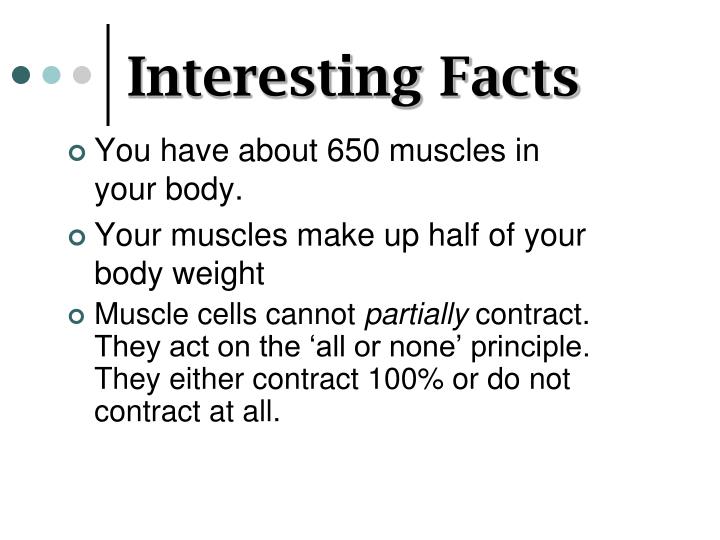

No D&D Beyond content sharing posts - DDB Content sharing is restricted to the weekly thread which you can find here
MUSCLES ALL OR NONE PRINCIPLE HOW TO
For info on how to filter by flair on various apps and sites click here. For more information on which flair to use check here. Limit Homebrew - You may only post one new homebrew thread per day.Īll posts must be flaired - Submissions should be flaired with an appropriate flair. Limit self-promotional links - Any self-promotional external links (such as blogs, storefronts or Kickstarters) must be related to D&D and posted no more than once every 14 days. Text memes should be relevant to discussion. Use clear, concise title names - Titles must be clear, concise, and not worded in a misleading fashion.ĭo not post memes or joke posts - Meme images should be posted on /r/dndmemes. Do not suggest ways for such material to be obtained. Please respect the opinions of people who play differently than you do.ĭo not suggest piracy - Any non-fair use posts containing closed content from WotC or any third party will be removed. Please join us on our discord, and our new Lemmy server:īe civil to one another - Unacceptable behavior includes name calling, taunting, baiting, flaming, etc. © 1999-2021 ThePumpingStation.A place to discuss the latest version of Dungeons & Dragons, the fifth edition, known during the playtest as D&D Next.
MUSCLES ALL OR NONE PRINCIPLE FREE
This process takes a split second but is vitally important to conduct oneself correctly.Ĭlick Here to Sign Up for Your Free Bodybuilding Magazine Subscription When someone shakes your hand, the rate of the neurons that fire will provide you with all the required info you will need on the intensity or the strength of the original signal/stimulus so that you can respond accordingly. A faster firing neuron indicates a stronger intensity of the signal, many neurons firing at the same time indicates a stronger stimulus. In conclusion, to gauge the intensity of a stimulus the nervous system will rely on the rate which the neurons fire and how many of these neurons will fire at once. The stimulus is the force used to squeeze the trigger, the firing of the gun is the action potential. Similar to squeezing a trigger, if you squeeze it just a little the gun won't fire, but a little harder it will shoot and when it does the rate that the bullet travels has nothing to do with the amount of pressure used to squeeze the trigger. This then means that there is no such thing as a weak or strong action potential, it is always going to be all-or-nothing. When the threshold is reached a neuron will then fire and action potential is then transmitted from the one end of an axon to the end. This means the intensity of the signal/stimulus will NOT determine the strength of any action potential. The all-or-none law will guarantee that when any action potential is finally generated it will always be full, this will minimize the chances of any of the info getting lost while its being sent from the neuron to the axon. Any change in the cell polarization will result in a signal going all the way down the axon. The action potential occurs when any neuron is sending information down the axon and away from the body of the cell going towards the synapse. We need to understand what action potential is before we can understand the all-or-none law.

His descriptions describing the contractions of the cardiac muscles explained that when a shock with sufficient strength is introduced when the muscle or nerve fires it will produce the biggest contraction that it possibly can, depending on the condition of that specific muscle or nerve at that time. This all-or-none law was originally described by the physiologist Henry Pickering Bowditch in 1871.Īlthough all his reference was specific to the cardiac muscles, it was more than 4 decades later that conventional medicine discovered that this all-or-none law applied to other neurons of other muscle groups not related to the heart, responded in the same way. The nerve/muscle fiber will either fire or it won't, it is not dependent on the strength of the specific stimulus it received for that tissue or nerve. The definition of the all-or-none law is actually based on a principle which states that when a nerve cell or muscle fiber responds, it is dependent on the strength of that stimulus because if the signal received is above a specific threshold, the nerve and/or the muscle fiber will fire or it will not. All or None Principle of Muscle Contraction


 0 kommentar(er)
0 kommentar(er)
